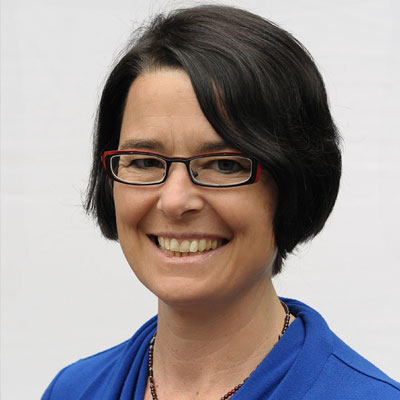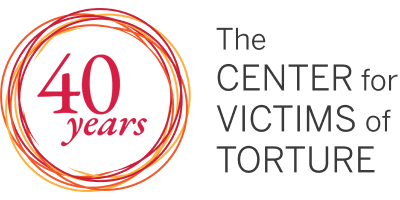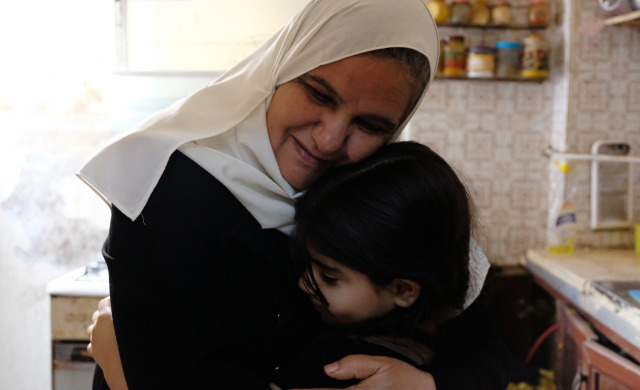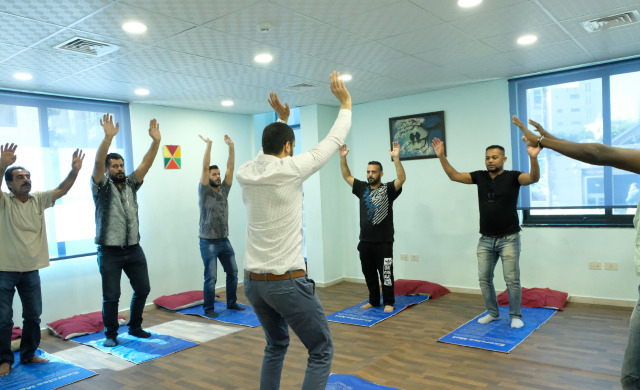Jordan Group Counseling: Orientation and Creating a Safe Space
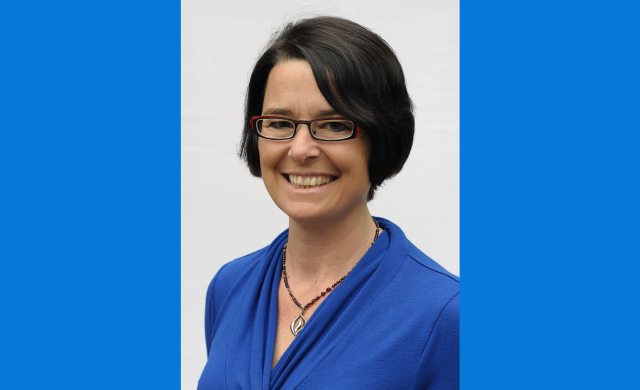
In our international projects, our healing work for torture and war trauma survivors is conducted through group counseling. Group typically meet for ten weeks. This is the first in a series of posts following the counseling group cycle in Jordan.
Veronica Laveta is CVT’s clinical advisor for the Jordan project.
See next entry in the series.
________________________________
Over the past year, as the clinical advisor for Jordan, my CVT colleagues and I undertook a phenomenal effort to revise and improve our adult group counseling model, integrating current research on effective interventions with knowledge we have collected from 15 years of group counseling experience around the world. The process was rigorous as we challenged ourselves to create a new model to maximize the therapeutic benefit of the group for long lasting healing. As intense as this process was, it was only the beginning. We conducted intensive trainings with our psychosocial counselors in Jordan, Kenya and Uganda, and then this summer began rolling it out with clients. We are now gathering feedback from “going live” to smooth out the rough edges.
I have the fortunate opportunity to be in Jordan for the full 10-week group cycle to oversee the rollout of the model. It is a privilege to witness the new model come alive and be shaped by the creativity of the facilitators who bring their knowledge of healing to the table and the survivors who show us their strength and resilience.
Session 1: Orientation and Creating a Safe Space
We started 36 counseling groups in late July in Amman and Zarqa, with groups of Syrian and Iraqi men, women, and children of all ages and backgrounds. As facilitators, trainers, and clients we shared a buzzing combination of anticipatory nervousness, fear and tentative hope as we entered the sessions, although for different reasons. I had my own fears. I was hugely invested in this new process going well and benefitting survivors. Even with a lot of thought and effort put towards developing the manual, a lingering anxiety about how it would work out remained. The facilitators were worried about using new material and were concerned that the survivors may not respond well to the movement practices that were new to the counseling model. And of course, the clients were taking a big emotional risk by joining a group of strangers who may be from other religions or sects, and possibly even from the groups that hurt them. We were all holding our breath to see what would happen.
During the first session, we start to build a sense of trust and safety in the group, and begin to generate hope. Lively introductions and collaboratively developing an opening ritual and a group name helped participants feel more connected to each other. One group named their group “Hope.” In one exercise, they came together to lift a large stone, each contributing one finger to lift, experiencing how the support of the group lightened their burdens. Setting group agreements helped create boundaries and clear expectations, promoting a sense of safety and stability. New activities in the first session include a “grounding” exercise that helps survivors feel more stable in their body, returns them to the present moment and allows them to feel the support of the ground and chair.
Our model development group also developed a closing practice that the clients do every session that integrates movement, imagery, thoughts and aspirations, feelings and interpersonal connection to promote holistic trauma healing. In Jordan, we are an interdisciplinary program where survivors go through physiotherapy (also called physical therapy) concurrently with counseling groups, so the first group session was done together with the physiotherapists.
The local counselors and physiotherapists commented on the benefits of a joint session. Islam, a counselor, shared that the “survivor now has a holistic image of the work, that we are one team,” and Raed, a physiotherapist noted, “It helps us draw the picture completely of what is involved in healing.”
In reflecting after the sessions, the counselors remarked on the power of the group. Jafar stated, “I was touched seeing one person noticing the tears of another and reaching out. They give me hope; they encourage me with their energy.” Alaa was moved when a client remarked that being heard “gives me freedom, makes me feel alive again.” One survivor felt the relief of being together, “I hope we can stay all day like this, staying together in this gathering.” But another was more cautious, wondering, “How can you ask us to get together when our families and communities have been destroyed? The only thing I care about is safety and stability. Peace of mind seems far away.”
Teaching a simple grounding technique had a big effect on the group members. Although some experienced anxiety as they slowed down, many touched a place of calm and rest. One woman remarked, “I often feel like a block of wood from stress; now I feel relaxed.” Sumaiya, one of the physiotherapists commented, “It meant a lot to me when one of the clients came up to me and said, ’I want a prescription for my tightness’ and that I was able to give it to her. Grounding helped her see how mind-body activities could help.” One of the men remarked, “It takes me away from my distracting thoughts.”
Despite the worries that the survivors would not feel comfortable with the closing practice, they seemed to embrace it. One man reflected after the closing practice, “I thank you for your kindness—I felt I was reaching for the sky and God’s grace was pouring over me and then I was able to share that with my brothers here.”
We are saturated with the daily news of so many horrific human rights atrocities, often making me question the state of humanity. These lived stories permeated the sessions this week and I felt the intense pain and saw the deep suffering etched on the survivors’ faces. Yet I was inspired over and over by their courage to show up and face their traumatic experiences. As the survivors reached out to each other from a place of kindness and compassion, fear and distrust began to be overcome, gradually lessening our collective despair. One participant said, “We want to separate from the evil that divides us and come closer to that which brings us together.” This is what we saw this week: people came together in their common humanity as men, as women, as parents, as people who like to cook, as people who have been wounded, and as people who have love and support to give.
By the end of the week, for all of us, fear and anxiety transformed into tiny sprouts of hope and relief.
